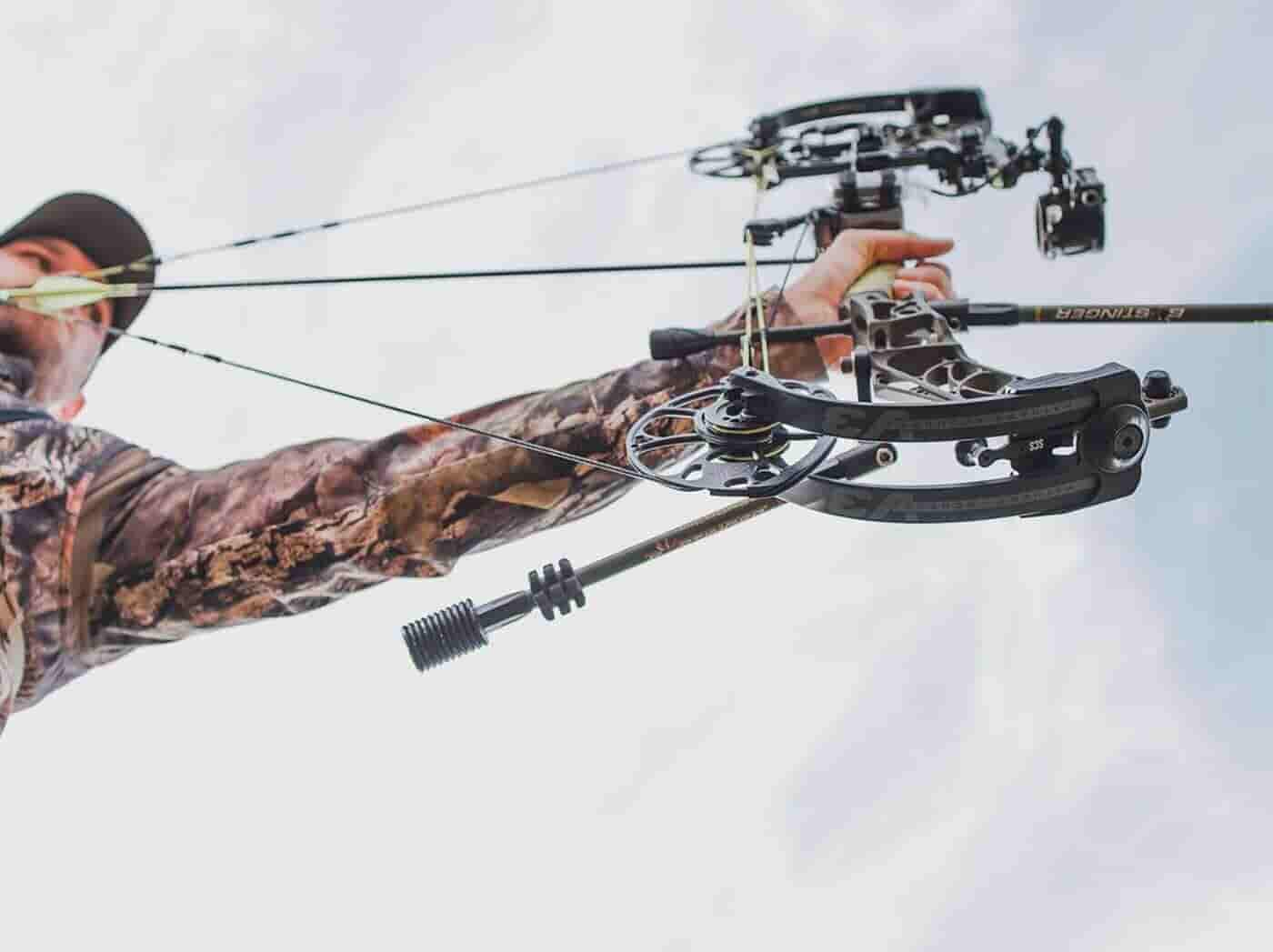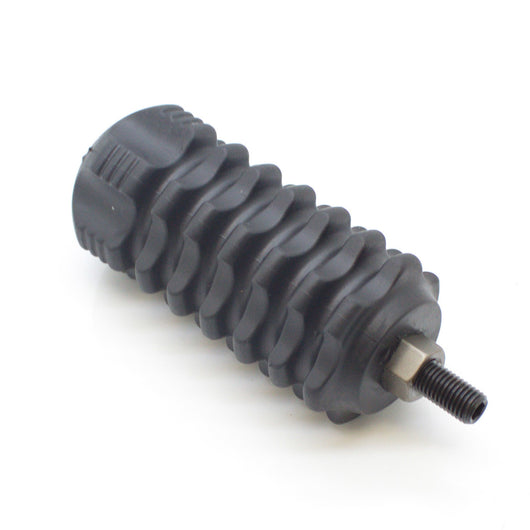Optimize Your Archery Efficiency With the Perfect Stabilizer: an Extensive Buyer's Guide
Archery enthusiasts know the importance of having the appropriate tools to boost their performance. While weapons might take the spotlight, a critical item of equipment that frequently goes neglected is the stabilizer. A stabilizer can considerably impact your capturing precision and stability, but finding the perfect one can be a difficult task. In this comprehensive customer's guide, we will discover the different sorts of stabilizers, essential elements to consider, the value of appropriate length and weight, picking the best damping system, and upkeep pointers. Whether you're a skilled archer or just starting, this overview will aid you navigate the globe of stabilizers and maximize your archery performance.
Sorts Of Stabilizers
There are 3 main sorts of stabilizers generally utilized in archery efficiency. These stabilizers play a crucial function in enhancing accuracy and minimizing bow torque. The first type is the long pole stabilizer. Long pole stabilizers are usually affixed to the front of the bow and prolong in an outward direction. They give balance and security throughout the shot, lessening any kind of unneeded motion. Lengthy rod stabilizers are specifically reliable in decreasing bow torque, permitting an extra consistent and regular launch.
The 2nd kind of stabilizer is the side pole stabilizer. Side pole stabilizers are connected to the side of the bow and aid counterbalance any kind of lateral activities. They assist in preserving a straight and steady objective, especially when taking care of crosswinds or unequal surface. Side rod stabilizers are specifically important for archers who shoot from a standing position and need security on both the upright and straight axes.
The 3rd type of stabilizer is the V-bar stabilizer. V-bar stabilizers are generally used in conjunction with side rod stabilizers to better enhance security.
Understanding the different sorts of stabilizers is important when selecting the appropriate devices to optimize archery efficiency. Each stabilizer kind serves a details function, and choosing the appropriate combination can substantially enhance precision and uniformity on the range or in the area.
Trick Factors to Take Into Consideration

First and leading, it is important to think about the length and weight of the stabilizer. Longer stabilizers supply raised security and equilibrium, while much shorter ones supply even more ability to move. The weight of the stabilizer affects the overall balance of the bow, and it is essential to locate a stabilizer that enhances the weight of your bow.
Another essential variable to consider is the product of the stabilizer. Stabilizers are commonly made from aluminum, carbon, or a combination of both. Light weight aluminum stabilizers are sturdy and provide excellent resonance wetting, while carbon stabilizers are light-weight and deal exceptional vibration absorption.
Additionally, it is necessary to assess the design and adjustability of the stabilizer. Some stabilizers come with flexible weights and dampeners, permitting you to personalize the equilibrium and resonance control. Furthermore, thinking about the installing options and compatibility with your bow is important to ensure a web link secure and correct fit.
Last but not least, budget plan is a considerable factor to take into consideration. Stabilizers can be found in a variety of prices, and it is critical to find one that fits within your spending plan while still satisfying your performance needs.
Value of Proper Size and Weight

Proper size and weight are essential aspects that substantially affect the efficiency of an archery stabilizer. It is necessary to think about the shooting style, target range, and personal preference when picking the length of a stabilizer.
Similarly, the weight of the stabilizer plays a critical function in achieving optimum efficiency. A heavier stabilizer soaks up a lot more vibration and reduces bow motion throughout the shot, leading to a steadier aim and tighter teams. A stabilizer that is also heavy can create tiredness and influence the shooter's capability to hold special info steady. It is essential to strike a balance in between weight and ability to move to help with comfy shooting and keep consistency.
Furthermore, the size and weight of the stabilizer must work with the archer's physical strength and capturing method. By choosing the right size and weight, archers can enhance their security, lower bow torque, boost accuracy, and enhance general efficiency. It is recommended to talk to seasoned archers or professionals to guarantee the most effective suit in between the stabilizer and individual shooting demands.
Picking the Right Damping System
The selection of a suitable damping system is critical in optimizing the efficiency of an archery stabilizer. A damping system is designed to decrease the vibrations and sound created when an arrowhead is launched, giving the archer with a more stable and exact shot. There are a number of aspects to take into consideration when selecting the right damping system for your stabilizer.
To start with, it is very important to take into consideration the sort of material used in the damping system. Rubber and rubber-like materials are typically used due to their ability to absorb resonance properly. These products are additionally long lasting and light-weight, making them suitable for archery stabilizers.
Second of all, the style of the damping system ought to be thought about (archery stabilizer). Look for a system that supplies numerous get in touch with points with the stabilizer, as this will disperse the resonances a lot more uniformly and even more enhance the stabilizer's performance
Furthermore, think about the adjustability of the damping system. Being able to fine-tune the degree of damping can be helpful, as various archers may have differing choices and shooting styles.
Lastly, it is essential to make sure that the selected damping system works with your stabilizer. Check the measurements and specs to ensure a correct fit.
Maintenance and Treatment Tips
To guarantee ideal performance and longevity of your visit archery stabilizer, it is vital to execute appropriate maintenance and treatment methods. Lubing the moving components of the stabilizer, such as the dampers and weight system, is additionally crucial to make sure smooth operation. By adhering to these upkeep and treatment pointers, you can maximize the efficiency and durability of your archery stabilizer.
Conclusion
To conclude, choosing the best stabilizer for archery is essential for optimizing performance. By thinking about elements such as stabilizer kind, length, weight, and damping system, archers can enhance their precision and stability. In addition, appropriate upkeep and care of the stabilizer is essential for its long life and optimal performance. With the right stabilizer and correct interest to these variables, archers can enhance their overall archery experience.
The second kind of stabilizer is the side rod stabilizer.The third kind of stabilizer is the V-bar stabilizer. V-bar stabilizers are normally made use of in conjunction with side pole stabilizers to even more improve security. The weight of the stabilizer affects the general equilibrium of the bow, and it is important to discover a stabilizer that enhances the weight of your bow.
Light weight aluminum stabilizers are durable and supply superb vibration moistening, while carbon stabilizers are light-weight and deal superior vibration absorption.